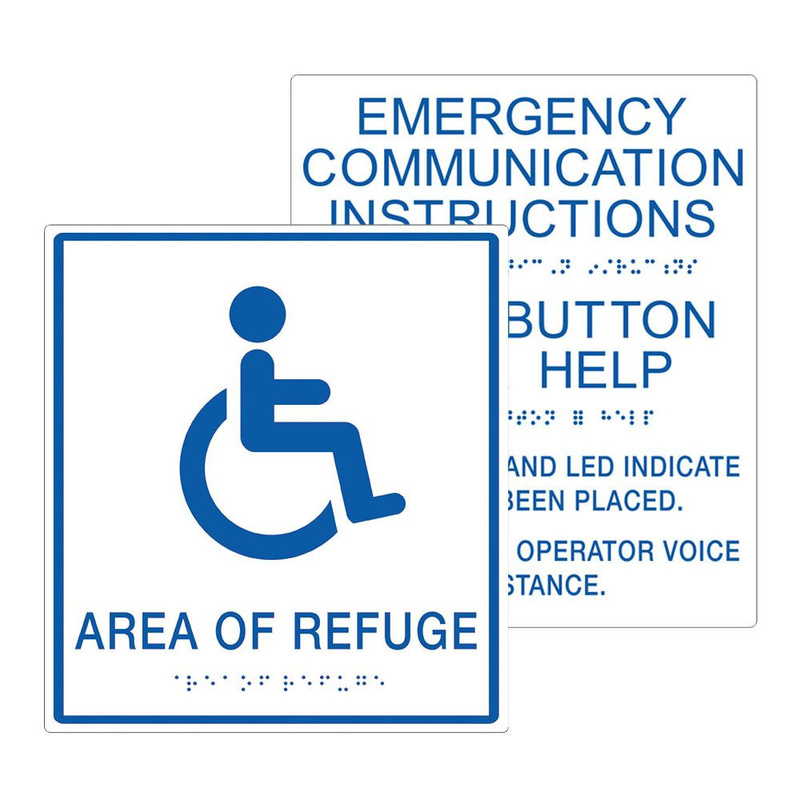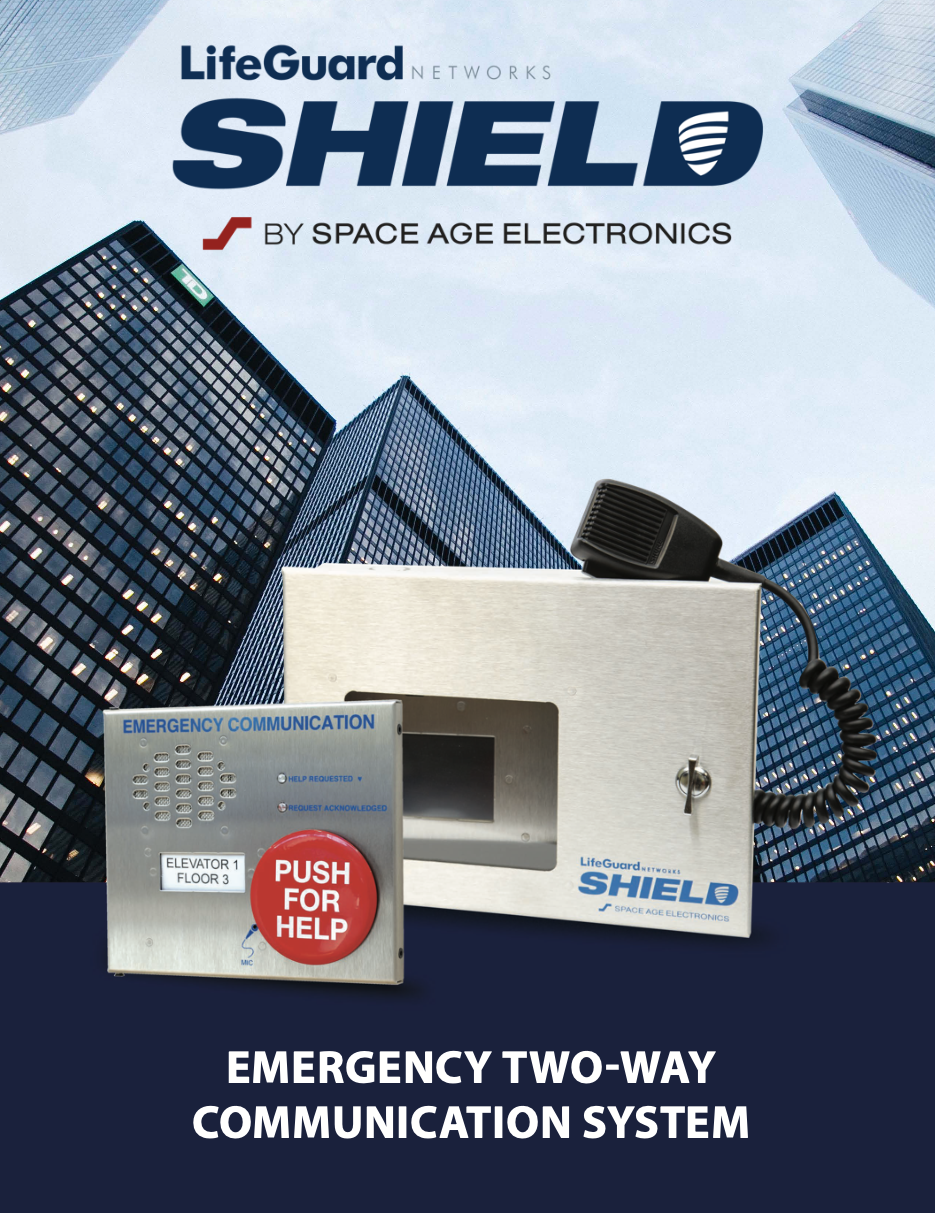2-Way Emergency Communication
Two-Way Emergency Communication Systems provide building occupants, who are unable to self-rescue, a means to request rescue assistance and communicate with first responders. These systems are typically installed in locations that are designated as an “Area of Refuge” or “Area of Rescue Assistance”. An Area of Rescue Assistance is provided as an ADA accessible means of egress and is typically found in elevator lobbies and non-ADA accessible exit discharge paths. An Area of Refuge is an area (such as a landing in an exit stairwell) that is protected from smoke and fire where occupants can safely wait for rescue assistance during an emergency.
Two-way emergency communication systems provide communication between each required location and the fire command center or a central point location approved by the fire department. Where the central control point is not a constantly attended location, the two-way communication system has a timed automatic telephone dial-out capability that provides two-way communication with an approved supervising station or 9-1-1. The two-way communication system includes both audible and visible signals.
Inspection Cycles
- Two-Way Emergency Communication Systems are required to be inspected and tested annually. This is typically performed at the same time as the annual fire alarm system inspection.
Common Deficiencies
A deficiency is identified during regular inspections when the devices and components do not meet acceptable standards. Here are a few commonly found deficiencies with Two-Way Emergency Communication Systems:
- Poor intelligibility
- Damaged or missing instruction placards
- Faulty or expired batteries
- Loss of communication with central station
- Insufficient employee training
Related Services
- Annual Inspections
- Central Station Monitoring
- Battery Replacement
- New System Design & Install
- System Modification Designs
- Repairs


